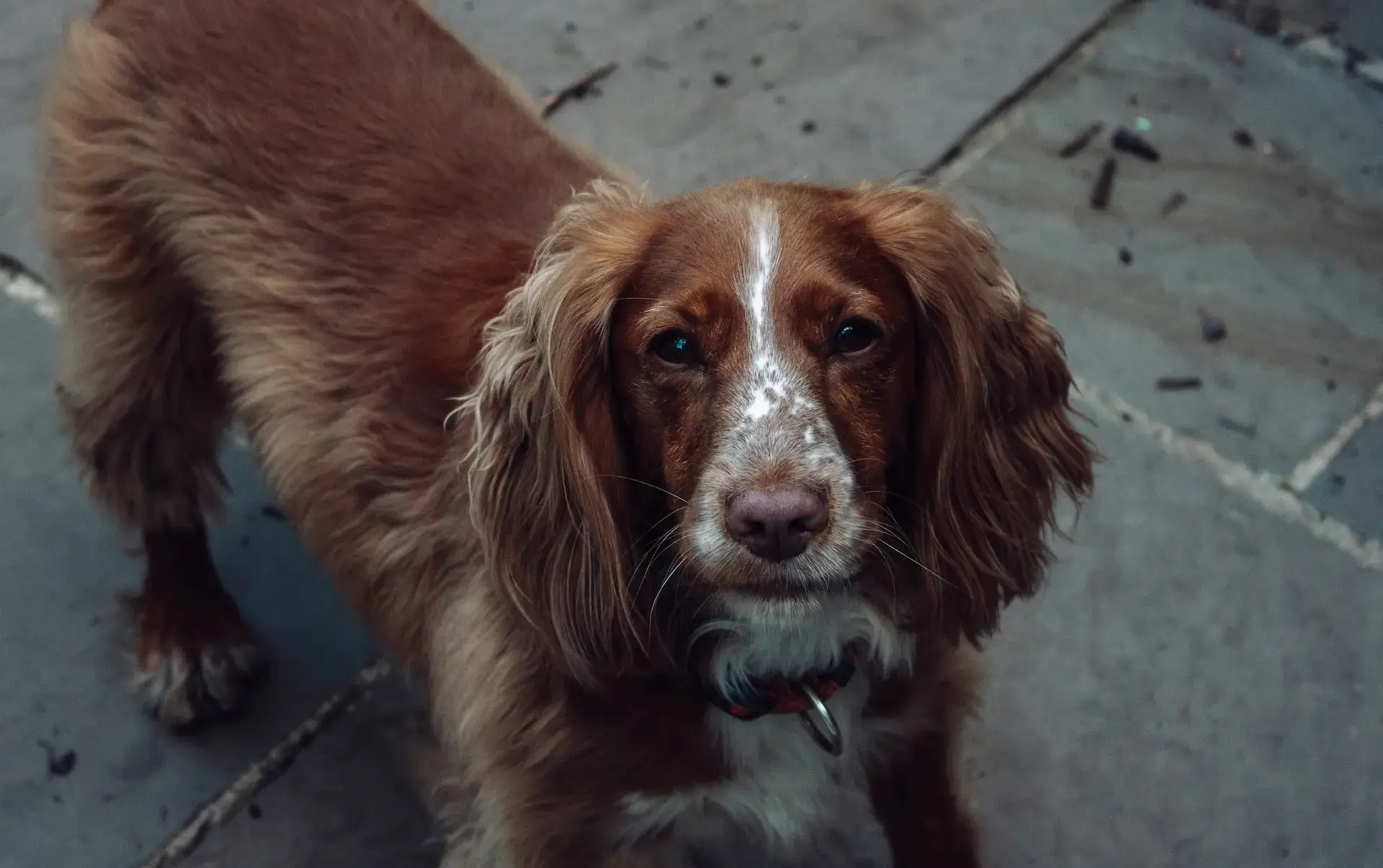Puppy Training Tactics
Have you recently welcomed a puppy into your household? Congratulations! Your furry little buddy will bring lots of love and laughter, into your life, as well as lots of tail wags and puppy kisses. Actually, as far as we’re concerned, puppy kisses are one of the best things in life. The next year isn’t going to be all fun and games, though. Little Fido has a lot to learn! Puppyhood is a crucial time for our canine pals. In order for your pooch to grow into a well-behaved adult dog, you’ll want to train him now, while he’s little. A Fort Myers, FL vet offers some great puppy training tips below.
Start With The Basics
There are five basic doggy obedience commands every pooch should know. These are Sit, Stay, Heel, Come, and Lay Down. These commands are not only important for petiquette, they are also crucial for safety purposes: they can help you keep your furry friend from running off or approaching a dangerous animal or area.
Be Consistent
Consistency is very important when training animals. Use the same vocal commands every time. Otherwise, you may just confuse your furry pal.
Avoid Long School Days
Little Fido doesn’t have a very long attention span, so spending hours on training each day may do more harm than good. Keep sessions short, to about 15-20 minutes a day.
Positive Reinforcement
Never punish little Fido for not getting something right, or for slipping up. This could very easily backfire, by making your furkid form a bad association with training, or even with you. Ignore slipups, and focus on the positive by rewarding the little one with praise, toys, and treats for doing well.
One Step At A Time
Trying to teach your puppy too many things at once will only confuse him. Work on one command at a time, and make sure your canine pal has each one down before moving on to another thing.
Be Cheerful
Never work with your furbaby when you are feeling stressed or are having a bad day. Man’s Best Friend has gotten to know us pretty well, and it won’t take little Fido long to pick up your bad mood. This could make the little guy uneasy, and even make him dislike training.
Do you have any questions about puppy care? We can help! Contact us, your Fort Myers, FL vet clinic, anytime.





